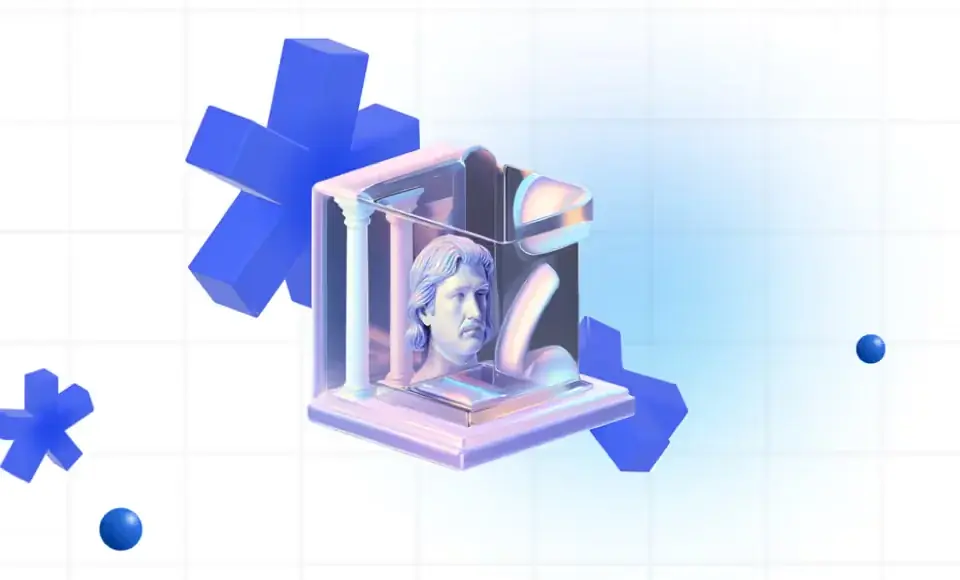History of Cryptography
Basics
The sophisticated methods used for modern digital encryption have roots that stretch back to ancient times. Throughout history, people have relied on cryptography to transmit sensitive information securely. Cryptography, the practice of encoding messages and creating ciphers for secure communication, is an essential component of modern cryptocurrencies and blockchains. Overall, the cryptographic techniques in use today are the culmination of a long and fascinating history of development.
Ancient Origins of Cryptography
Cryptography has been used since ancient times. Primitive techniques can be traced back to early civilizations. Symbol replacement, the most basic form of cryptography, is found in the writings of ancient Egypt and Mesopotamia. The first recorded instance of this technique was discovered in the tomb of Khnumhotep II, an Egyptian noble who lived approximately 3,900 years ago. However, this early use of cryptography was not for security purposes but to enhance the beauty of the text.
The earliest known example of cryptography used to protect sensitive information dates back about 3,500 years ago in Mesopotamia. A scribe used cryptography to conceal a formula for pottery glaze on clay tablets. As time progressed, cryptography became widely used to protect military secrets. In Sparta, for instance, messages were encrypted by being written on parchment laid over a specific size cylinder, making it impossible to decipher the message unless wrapped around a similar cylinder by the intended recipient. Spies used coded messages in ancient India as early as the 2nd century BC.
The Romans achieved perhaps the most advanced cryptography in the ancient world. The Caesar cipher was a prominent example of Roman cryptography. This technique involved shifting the letters of an encrypted message by a certain number of places down the Latin alphabet. Only with knowledge of the cipher and the number of shifts used, a recipient could decode the message.
Advancements in the Medieval and Renaissance Periods
The Middle Ages saw significant developments in cryptography, with substitution ciphers remaining the norm. Cryptanalysis started catching up, and Arab mathematician Al-Kindi developed frequency analysis, which exposed substitution ciphers to decryption.
Leone Alberti developed the polyalphabetic cipher in 1465 to counter frequency analysis. The message would be encoded using two different alphabets, making it more secure. This method increased the security of encoded information and was resistant to frequency analysis unless the original alphabet was known.
The Renaissance period brought many new methods of encoding information. One more invention, binary encoding, was made by Sir Francis Bacon. It gained popularity in 1623.
Cryptography Progress in Later Centuries
During the past centuries, the field of cryptography has made significant progress. In the 1790s, Thomas Jefferson came up with a novel invention called the cipher wheel. The wheel comprised 36 rings of letters that could move to achieve intricate encoding, and its concept was advanced enough to serve as the foundation for American military cryptography until the Second World War.
In the Second World War, the Enigma machine was the perfect example of analog cryptography. The device was employed by the Axis powers and used rotating wheels to encode messages, which made it nearly impossible to read without another Enigma. Early computer technology was eventually used to break the Enigma cipher, which is still considered a critical component of the eventual Allied victory.
The Evolution of Cryptography in the Digital Era
The advent of computers marked a major turning point in the development of cryptography. Modern cryptography now employs 128-bit mathematical encryption which is much stronger than ancient and medieval ciphers. In the 1990s, computer scientists began developing quantum cryptography which aimed to improve the level of protection offered by encryption.
Cryptographic techniques have also made cryptocurrencies possible. Hash functions, public-key cryptography, and digital signatures are used to secure data stored on blockchains and authenticate transactions. Bitcoin and other cryptocurrencies use a specialized form of cryptography known as the Elliptic Curve Digital Signature Algorithm (ECDSA) to provide extra security and ensure that funds can only be accessed by their rightful owners.
Conclusion
Over the past 4,000 years, cryptography has made remarkable progress, and this trend shows no sign of slowing down. As long as sensitive data needs to be protected, cryptography will continue to advance. While the cryptographic systems used in cryptocurrency blockchains are among the most sophisticated forms of this science, they are also part of a tradition that dates back to ancient times.
